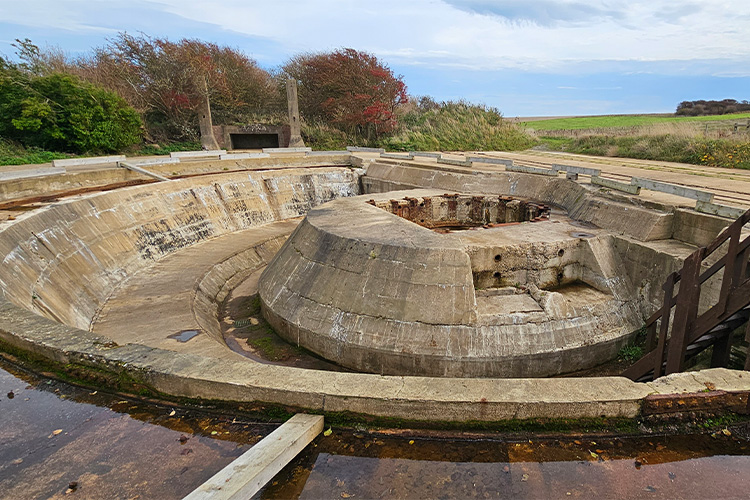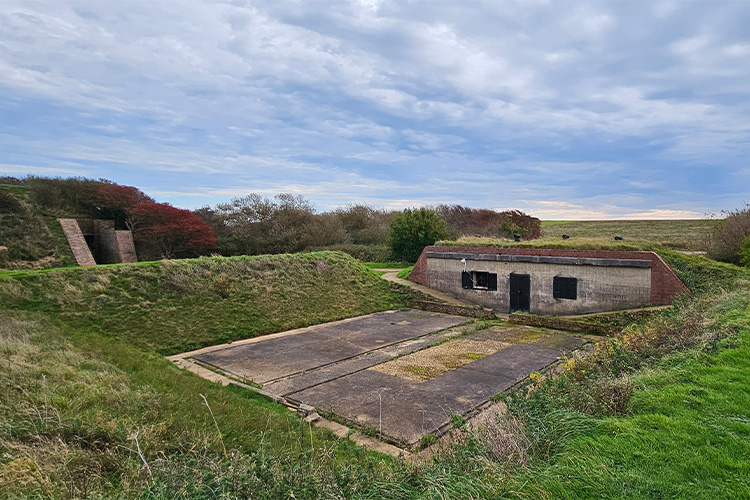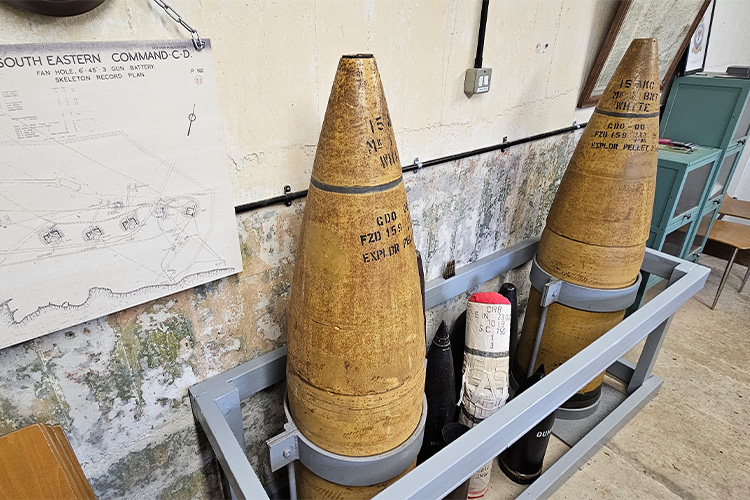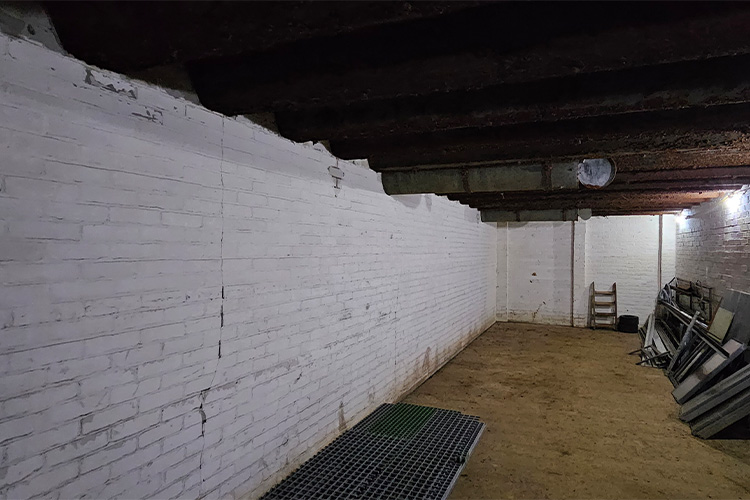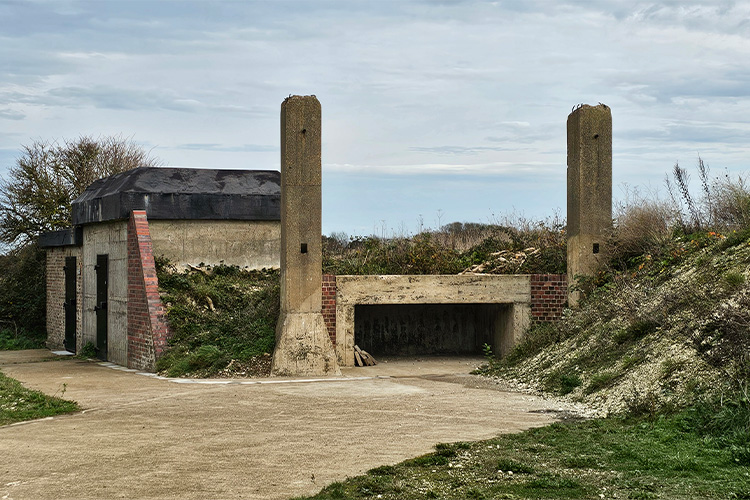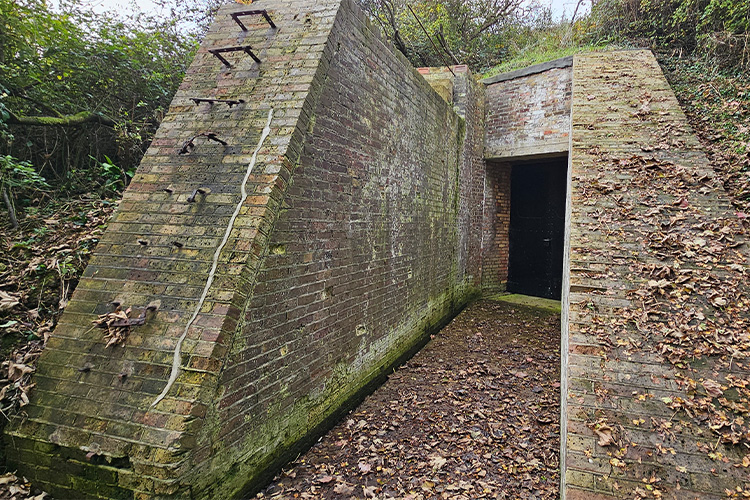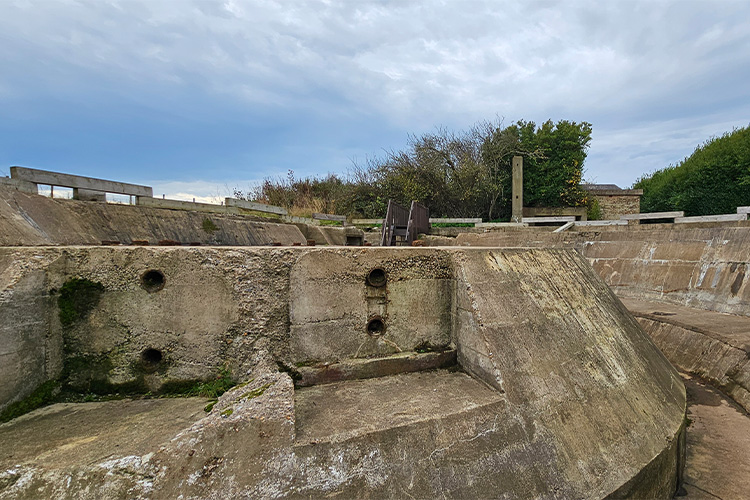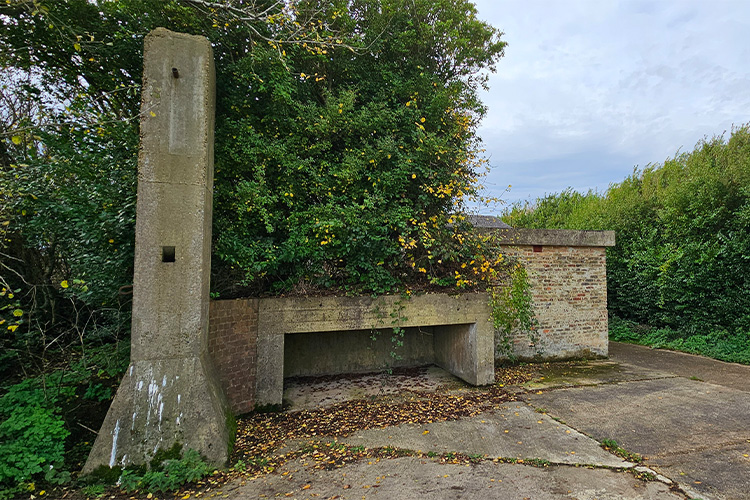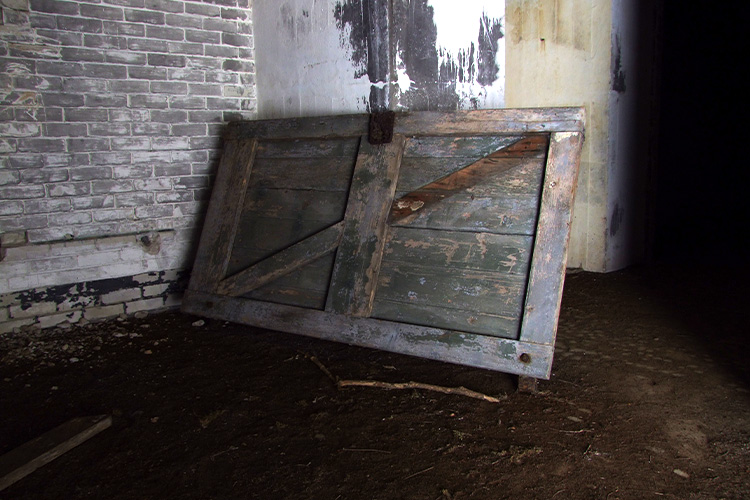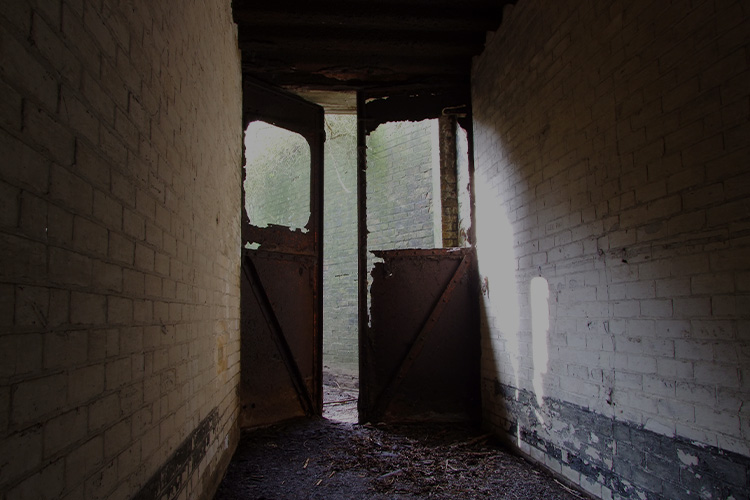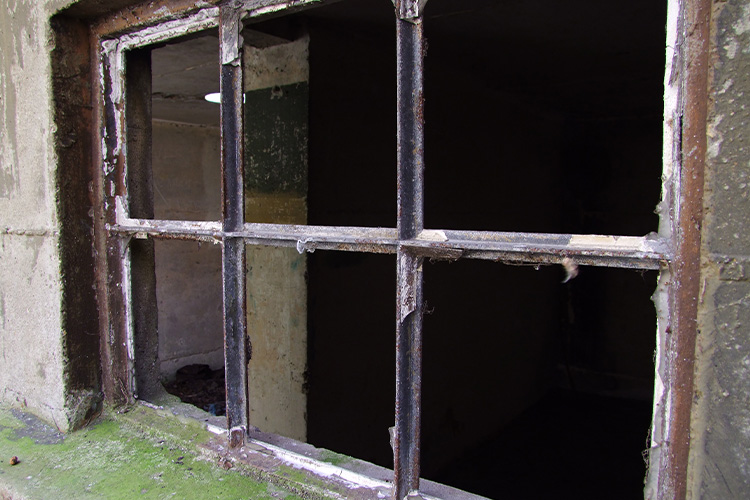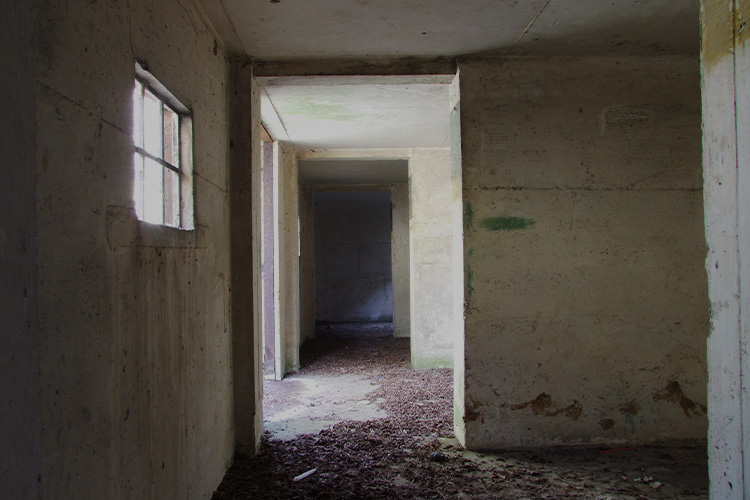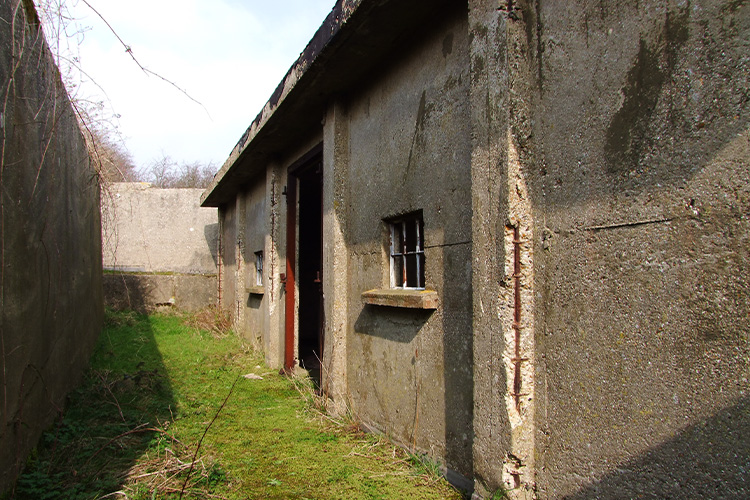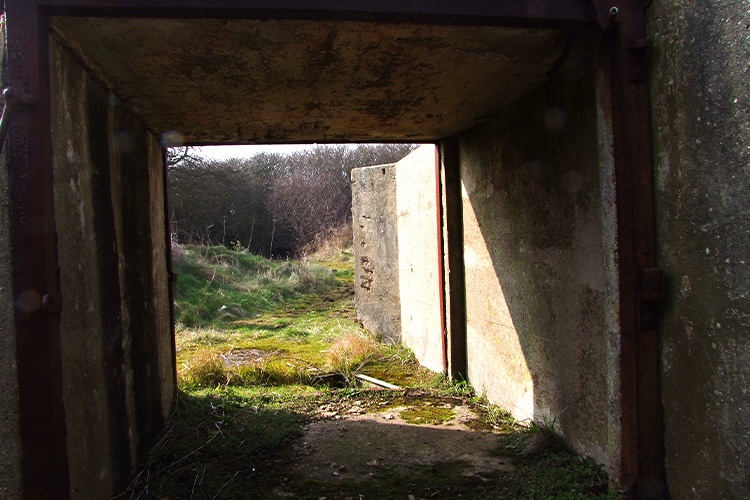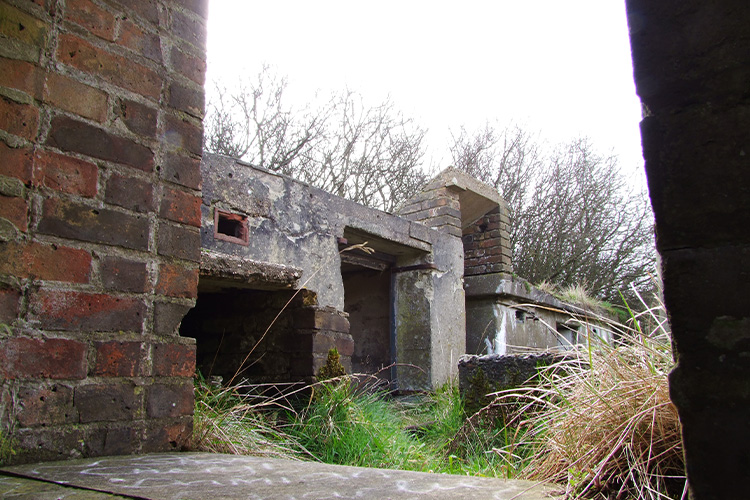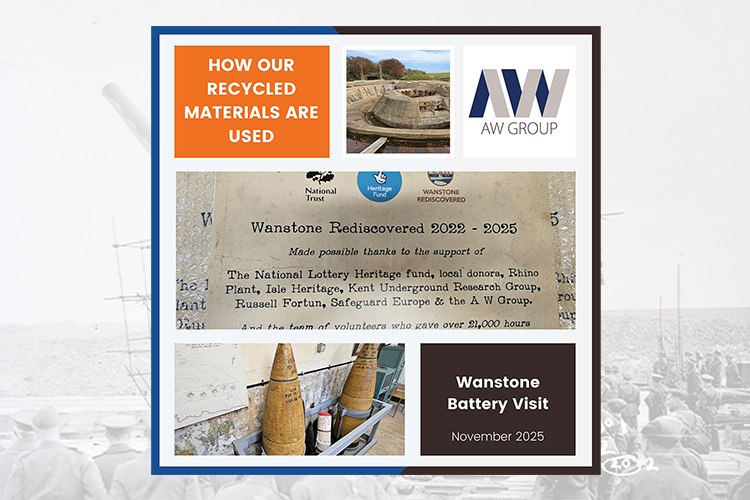
- By Greg
- In Social Value, Community, Construction, Rail, Sustainability
AW GROUP – WANSTONE BATTERY
Over the past three years, AW Group has proudly supported the restoration of Wanstone Battery through the donation of surplus and recycled materials. This historic site, once a key coastal defence installation during the Second World War, has been brought back to life through an extraordinary community effort.
This week, two members of our team were given a private tour of the site — a unique opportunity to see firsthand how our contributions have helped preserve an important part of British military heritage. It’s remarkable to imagine the speed and scale at which Wanstone Battery was originally constructed, as well as the advanced engineering technologies employed at the time.
Equally impressive is the 21,000 volunteer hours invested in uncovering, restoring, and protecting the site’s enormous gun emplacements — a testament to both the dedication of local volunteers and the enduring historical significance of the location.
We’re proud that our donated materials have played a role, however small, in ensuring this piece of history is not lost. While Wanstone Battery is now closed for the winter, we highly recommend visiting during its open season to experience the scale, ingenuity, and importance of this site that once helped safeguard our coastline.
A brief history of Wanstone Battery:
The Wanstone Rediscovered project seeks to conserve the remains of Britain’s largest breech-loading coastal guns, which once dominated the cliffs near Dover. Their story begins in 1940, when Winston Churchill, newly appointed Prime Minister, recognised the vulnerability of Kent’s coastline. On his orders, powerful coastal batteries were built to defend the English Channel from invasion and to challenge German naval positions across the Strait of Dover.
The first major installations, known as Winnie and Pooh, were constructed at Townsend Farm in the summer of 1940. Using spare 14-inch naval gun barrels from King George V-class battleships, these immense weapons were operated by the Royal Marines Siege Regiment. Each could fire a 1,600-pound shell up to 27 miles, though their slow loading and lack of radar made accuracy against moving targets poor. They depended on spotter aircraft for targeting corrections, a risky and unreliable method. Mechanical faults and rapid barrel wear further limited their effectiveness.
By 1941, improved radar-equipped 15-inch guns were planned for a new site at Wanstone Farm, between St Margaret’s and Dover. The two new weapons, Jane and Clem, used spare barrels originally designed for World War I battleships but proved faster and more efficient. Each gun weighed over 100 tons and was mounted in thousands of tons of reinforced concrete. They could fire nearly 2,000-pound shells more than 25 miles, reaching targets on the French coast. Construction continued through the harsh winter of 1941–42, with Jane commissioned in April 1942 and Clem the following month.
The site included extensive infrastructure: rail lines from Martin Mill for ammunition supply, underground magazines for shells and cordite, compressor houses, and crew shelters protected by earth bunds. The battery’s plotting rooms and power systems allowed coordinated firing against enemy shipping and coastal targets. In service, the Wanstone guns fired around 1,150 rounds, damaging or sinking several German vessels, including the Munsterland in 1944. They also supported Allied operations by shelling German gun positions across the Channel, notably striking the A6 (Lindemann) battery during its capture.
After the war, coastal artillery quickly became obsolete. Firing at Wanstone continued intermittently until 1952, before the guns were decommissioned. In 1957, the barrels and mountings of Jane and Clem were scrapped, though their vast concrete emplacements were left behind. These silent remains, rediscovered decades later, now stand as enduring monuments to Britain’s wartime engineering and coastal defence legacy.
Images from 2011 of Wanstone Battery
AW Group is a multi-disciplined construction company providing a broad range of support and manpower across building and rail projects.
Our Fields are:
AW Construction – We offer an outstanding UK-wide fit out service, taking care of everything from scheduling rollouts & ordering materials to assistance with design and onsite delivery
AW Rail – We use the very best labour force and a proactive approach to deliver first-class construction and maintenance projects across the rail industry
AW Labour – We provide a high-calibre blue collar and white-collar workforce with a diverse range of skills, to support the construction and rail industries


